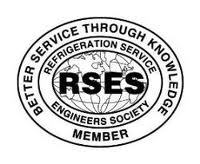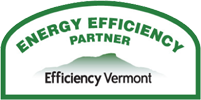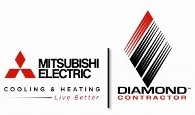Since the dawn of this unprecedented COVID-19 pandemic, indoor air quality has only increased in importance. Americans spend about 90% of our time indoors. Recent studies show indoor air can be up to five times more polluted than outside air. This is due to VOC’s (volatile organic compounds), pollutants, and particulates from off-gassing furniture, building supplies & components, cleaning supplies, combustion byproducts, etc. The indoor air quality of the buildings you work and live in has a notable effect on human health.
“Of primary concern from a health standpoint are invisible, respirable particles, which have a higher probability of penetrating deep into the lungs and causing acute or chronic effects” – US EPA
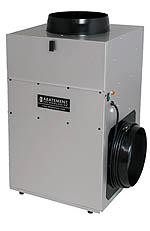
Air Purifying System
Source: Abatement Technologies
Cutaway view of Air Purifying System, depicting lower cabinet HEPA Filter & UVGI Light
Source: Abatement Technologies
GSK installs air purifying systems for commercial and residential spaces. When professionally installed, these air purifying systems have the capacity to HEPA filter and UV disinfect the entire air volume in a building 50 to 75 times per day (based on continuous blower operation). These air purifying systems offer multiple stages of filtration, coupled with independent blowers and germicidal UV(GI) lights to provide 99.97% or higher filtration efficiency. These air purifying systems include 3 stages of filtration and UVGI disinfection:
- 1st Stage Pre-Filter: typically MERV 8. Captures large particles such as dust, lint, pollen, mites, mold, etc. Traps approximately 70-85% of particles 3 microns or smaller. Protects the 3rd/final stage HEPA filter from becoming pre-loaded with larger particles
- 2nd Stage Intermediate Filter: 2″ activated carbon filter. Removes odor, VOC’s (volatile organic compounds), and smaller airborne particles.
- 3rd Stage HEPA Filter: (High Efficiency Particulate Air) media filtration efficiency of 99.97% or higher, capturing particulates up to 0.3 Microns. Highest filtration media available. Filters with a MERV 17 rating or higher are considered HEPA. Regularly used in hospital operating rooms, pharmaceutical industries, nuclear facilities, and in electrical manufacturing.
- UVGI lights: provide source reduction/elimination of harmful pathogens in the airstream. UV lights effectively deactivate airborne microorganisms such as; viruses, bacteria, and mold/fungal spores.
More than 99% of indoor air particles are smaller than 1 micron, which is why whole-house HEPA filtration is so important
These air purifying systems are ideal for anyone looking to increase the health of their indoor environment, and is especially effective for allergy and asthma sufferers. These systems are most effective installed for ‘partial-bypass operation’ in the return air-side of your forced-air HVAC system. Air purification systems are also suitable for instances where additional outdoor air ventilation isn’t feasible without compromising indoor comfort, or where air pollution is excessive.
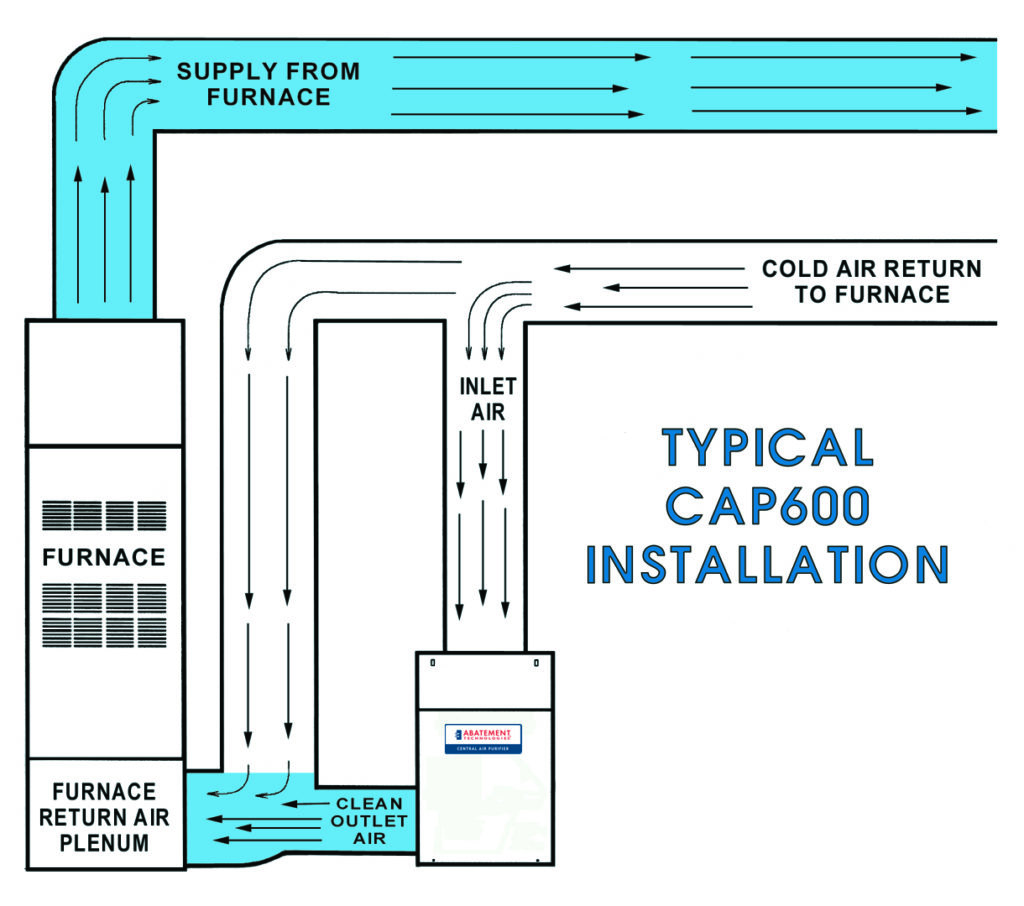
Human hair = 100 microns
Household dust = 10 microns1 micron = .0000004 inches (1/1000 millimeter)
COVID-19 = .0125 microns
The most important part of your air purification system is the filtration! Air purification systems require regular replacement of system filters:
- 1st Stage Pre Filter requires recommended monthly replacement
- 2nd Stage Intermediate Filter requires replacement approx. every 3 months
- 3rd Stage HEPA Filter requires replacement every 2-3 years
- UVGI Light requires recommended annual replacement
FAQ’s:
Can I install a air purification system as a stand-alone device? Yes, the air purification system can be run as a standalone system in a central location, where the intake and exhaust are unblocked by furnishings (provided there’s a GFCI outlet nearby). However, they’re most effective when installed in a partial bypass application with your HVAC system’s ductwork. It’s important to note that the air purifiers make noise – about as much as a typical noise machine, this is especially pronounced when the system is set-up for standalone operation.
Does my HVAC system need to be running for the air purifier to be effective? We recommend that the air purification system be run while the ‘Fan’ setting of your HVAC system’s thermostat is set to ‘ON’. This will allow all the air in your home to recirculate through the purification system continuously. With the HVAC system blower running continuously the most amount of air is filtered/disinfected in the quickest amount of time.
How often should the filters be changed? The First-Stage Pre-Filter should be changed monthly, the Second-Stage Filter should be changed approx. every 3 months, and the HEPA filter should be replaced every 2-3 years. The UV light should be replaced annually.
Why do I hear a motor/fan noise when my HVAC system fan is OFF? The air purification system has it’s own independent blower, which allows the HVAC system to overcome the static pressure created by the multiple stages of filters, this blower continuously operates as long as the air purification system is plugged-in and switched to ‘ON’ (regardless if thermostat fan is switched to ‘ON’ or the HVAC system is running).
How do I shut the air purifier OFF? The air purification system comes with an ON/OFF rocker switch on the right-hand side of the upper cabinet, next to the filter light indicator. Depending on where the air purification is installed this switch may not be easily accessible. A disconnect switch can be installed for the outlet specific to the air purifier in an easy-to-access location. If not easily accessible the HVAC system’s fan can be switched from the recommended ‘ON’ position, to ‘Auto’ – this will only operate the HVAC system’s fan when there’s a call for heat/cool in the space and will reduce the amount of air filtered through the air purification system at all times. Turning the HVAC systems’ ‘Fan’ switch at the thermostat from ‘ON’ to ‘Auto’ will save energy when the building is unoccupied.
How do I get an Air Purification System Installed? Give us a call 1-802-362-5444, or email us at info@gskclimatecontrol.com for more information and availability!
References:
